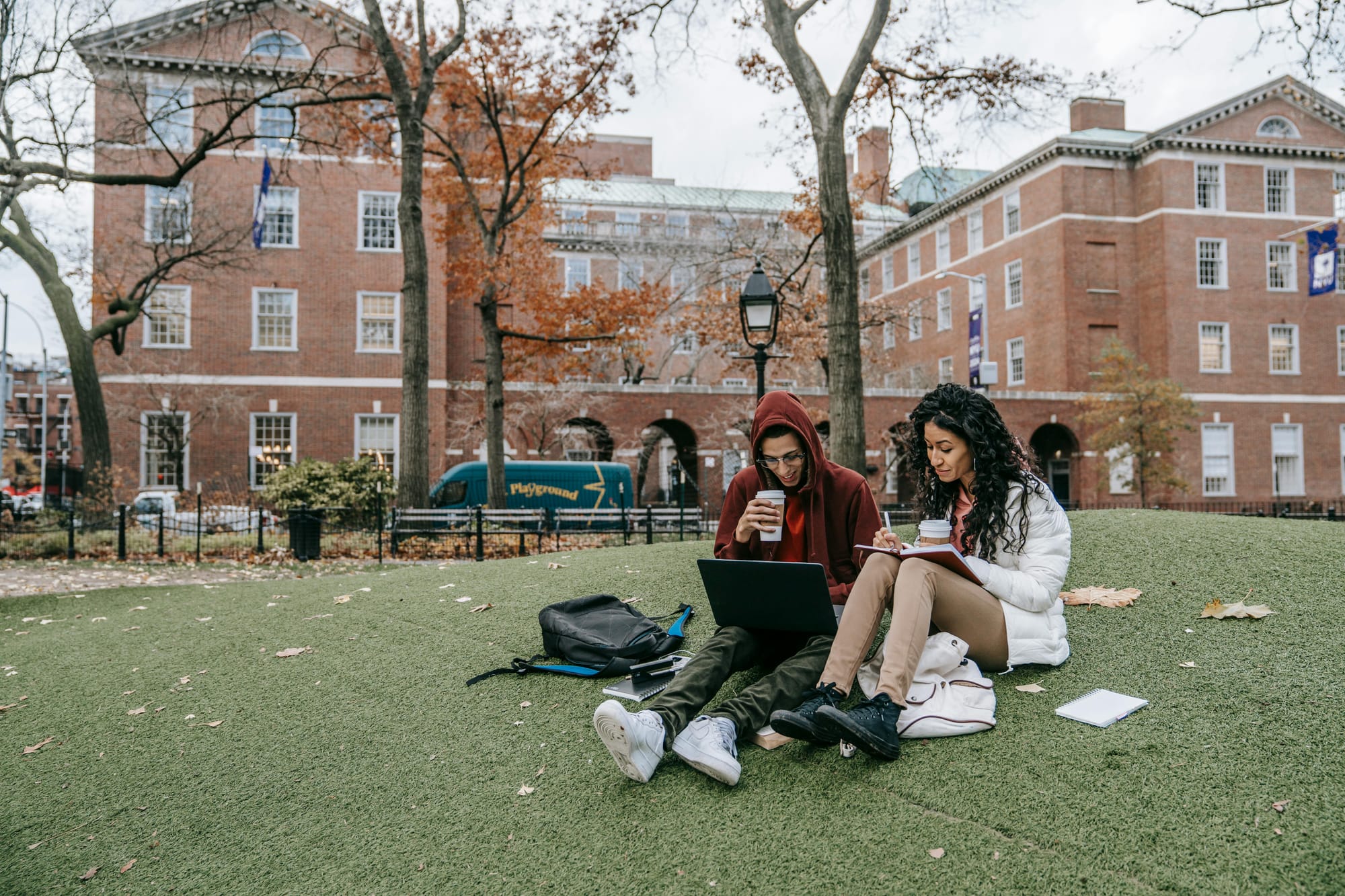The proposed policies of former President Donald Trump and his allies signal a substantial shift toward restrictive immigration, heightened visa scrutiny, and protectionist measures. Such policies risk making the U.S. a less appealing destination for international students—a critical demographic that provides financial stability to many U.S. universities and bolsters the country's research and innovation output.
Trump's Immigration Policies & Implications for US Higher Education & International Enrollment
By examining the immediate, second-order, and long-term effects of restrictive immigration policies on higher education, this article analyzes the evolving landscape in U.S. higher education and presents strategic recommendations for at-risk institutions.







